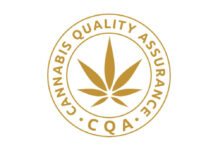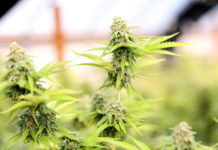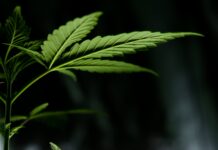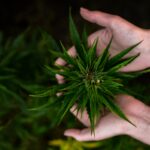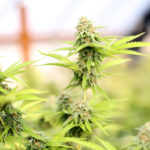
But think of the children!
Many are concerned about the effect that non-medical cannabis legalization in Canada will have on young people – especially those under 25 whose brains are still developing.
Speculation abounds about normalization and usage rates among this group. Yet, although we cannot know with certainty what the future holds, we can still turn this speculation into an educated guess based on a trusted source: the scientific literature.
So, what does this research tell us about what we can expect regarding youth cannabis use?
Some pieces of the research literature have led to concerns about increased cannabis use due to legalization.
For example, one study conducted at a university in the state of Washington, where cannabis was legalized in 2012, followed by cannabis retail infrastructure in 2014, showed a more pronounced increase in cannabis use among these students compared to the national average.
These findings are important to consider, but also exist within a body of research that tells a different story.
Contrary to this first article, several other pieces converge on a central point: there is no reason to suspect youth cannabis use will increase after legalization.
For example, one longitudinal study of college students in Colorado showed no increase in youth cannabis use after legalization.
This is indeed surprising considering that cannabis use rates have been increasing in the United States, regardless of state-wide legalization status.
This points to the impossibility of attributing an increase in usage rates to legalization unless other states where cannabis has not been legalized are used for comparison. One study in Oregon did just that, and demonstrated that the increase in use measured in this state was not statistically different from the increase in other states where non-medical cannabis use remains illegal.
These findings are congruent with what we have seen with cannabis decriminalization. Research published in 1993, 2004, and 2018 consistently tells the same story: decriminalizing cannabis possession and consumption does not lead to increased usage rates, among any age group.
When it comes to youth under the legal age of consumption, who will not be allowed to consume cannabis any more than they are under our current prohibitionist regime, a different question emerges: What about diversion?
We can look at data for that too.
For example, states that have legalized cannabis for medical purposes – and, thus, created a legal stream for certain contexts of cannabis use, much like the age-specific context we will have in Canada – have not seen corresponding increases in adolescent cannabis use.
Finally, what about normalization?
Surely making a substance legal signals acceptability, which in turn will lead to more use, right?
Not so fast.
A recent study found that, indeed, adolescents are increasingly seeing cannabis as harmless. However, their use is not increasing correspondingly. In other words, teenagers are decreasingly aware of the risks of cannabis use, but are not using more as a result of this conception.
In addition to this body of work that shows we should not expect cannabis legalization to lead to a particular increase in youth use, the Cannabis Act puts in place new penalties and regulations to ensure young people will not have easier access to cannabis.
For example, giving or selling cannabis to people under the legal age of consumption can incur penalties of up to 14 years in jail.
These new policies have been widely criticized, however, as they may disproportionately target young people who are of age and sharing with their under-aged peers, and create penalties that are more detrimental than cannabis use itself.
In sum, non-medical cannabis legalization across Canada is unknown territory.
To some, it may be exciting, to others it may be scary, and to most, the question of protecting young people is of the utmost importance.
Thankfully, based on the research we have, when it comes to our youth and cannabis, there is no reason to sound the alarm.
Kira London-Nadeau, Niche Canada




